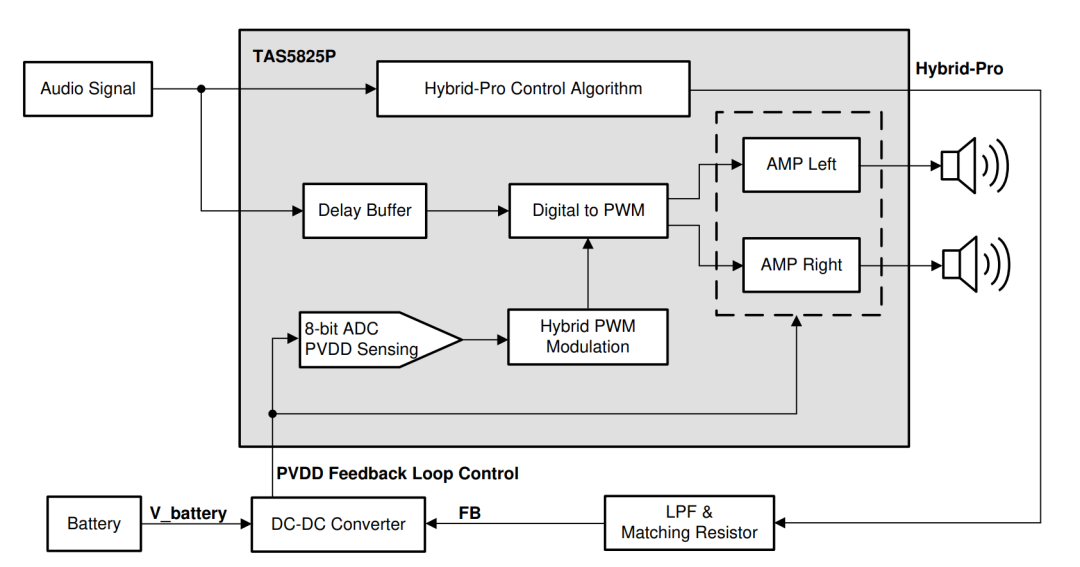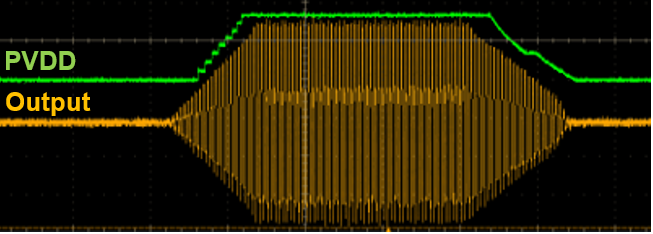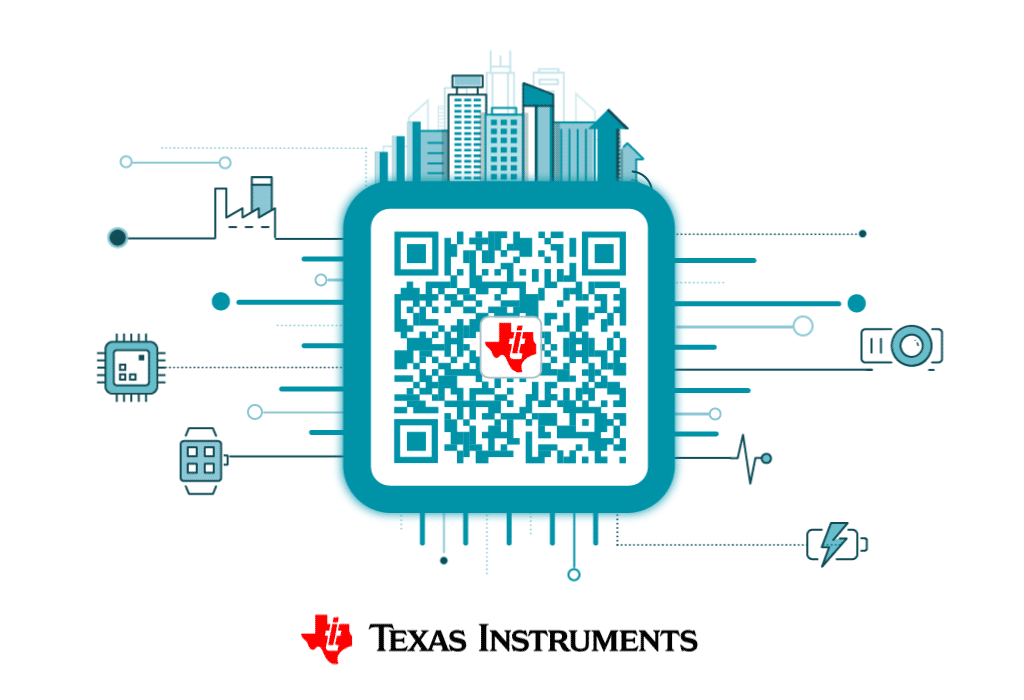Click the blue text above
Follow us!

Have you ever thought that the integrated Digital Signal Processor (DSP) in audio amplifiers is only used for digital filters, equalization, or audio mixing? The reality is that the DSP integrated into modern audio amplifiers can provide many more benefits, including improving the efficiency of the amplifier and audio system.
Battery-powered speakers remain one of the most convenient methods for audio playback, suitable for indoor, outdoor, or any other occasion for playing music. In this article, I will discuss how audio amplifiers with integrated DSP improve speaker efficiency and extend their runtime.
“How long can the battery last?”
Clearly, consumers want portable speakers to play their favorite playlists or podcasts for longer and require shorter charging times. Speaker manufacturers have taken note of this, sometimes even listing the playback time of the speakers on retail packaging.
If battery life is so important for portable speakers, then you should choose a battery with a larger capacity, right? This is true for some designs, but for compact speakers, there simply isn’t enough space. Alternatively, the extra battery capacity could significantly increase system costs.
When it is not flexible to increase battery capacity, the challenge for designers becomes “how to achieve longer playback time with the same battery capacity?” The answer is to improve efficiency. For audio applications, more efficient amplifiers in the mid-to-high power range (assuming greater than 10W) are still Class D amplifiers, which have a theoretical efficiency of 100% (actual greater than 90%).
Although greater than 90% efficiency is the benchmark, this is often measured in the lab using constant input signals and output power. In reality, the measured efficiency of the amplifier varies continuously based on the output power provided for typical audio clips or songs. This is because at lower output power, the ratio of power lost due to heat in the amplifier’s MOSFETs increases. To reduce these unnecessary losses, a simple solution is to lower the power supply voltage. For audio, designers may be reluctant to do this because lowering the power supply voltage could reduce the system’s ability to provide higher output power, especially the ability to deliver peak power over a higher dynamic range.
Battery Life Solutions for Mid-to-High Power Speakers
To improve efficiency without compromising output power, TI has introduced the TAS5825P Class D audio amplifier that employs the Hybrid-Pro algorithm in its DSP. This amplifier continuously analyzes the input audio signal and provides pulse-width modulation feedback to an external DC/DC converter, enhancing system efficiency and reducing unnecessary losses. With feedback, the DC/DC converter can increase the power supply voltage when audio peaks are needed and lower the power supply voltage when higher output power is not required. This feature reduces power consumption and improves efficiency during low-volume audio playback without limiting the amplifier’s ability to provide significant output power. Figure 1 shows the block diagram of the TAS5825P.

Figure 1: Block Diagram of TAS5825P
The concept of Hybrid-Pro is simple; it is similar to the methods we try at home or work to save energy. For example, when you are not using the lights in a room, you turn them off to reduce your electricity bill. However, for audio amplifiers, you do not want to simply turn off the music! For a more precise comparison, think of Hybrid-Pro as an automatic dimmer. The light sensor does not turn off the lights (audio amplifier) but automatically dims the lights to just the brightness needed at that moment (the amplifier’s power supply voltage). Figure 2 illustrates this concept, where the amplifier’s power supply voltage (PVDD) increases with the required output voltage.

Figure 2: TAS5825P Hybrid-Pro Envelope Tracking
Enabling Hybrid-Pro operation testing allows battery-powered speakers to achieve longer runtimes. Compared to typical amplifiers with fixed voltage rails, the TAS5825P configured for Hybrid-Pro mode can extend battery life by over 20%. Additionally, the adjustable audio pre-buffer in the TAS5825P provides advanced voltage rail control without the risk of audio clipping.
Although DSPs were previously only used for equalization and audio filtering, the benefits brought by integrating DSPs into audio amplifiers are unprecedented. TI’s product line of Class D audio amplifiers with integrated DSP continues to break limits, achieving higher system-level efficiency.
For more online technical support, please visit the TI E2E Chinese Support Forum (e2echina.ti.com).


“Share, comment, like, and follow”, more interaction will help you receive our updates in a timely manner!

Click “Read the original text” to learn more about the TAS5825P audio amplifier!